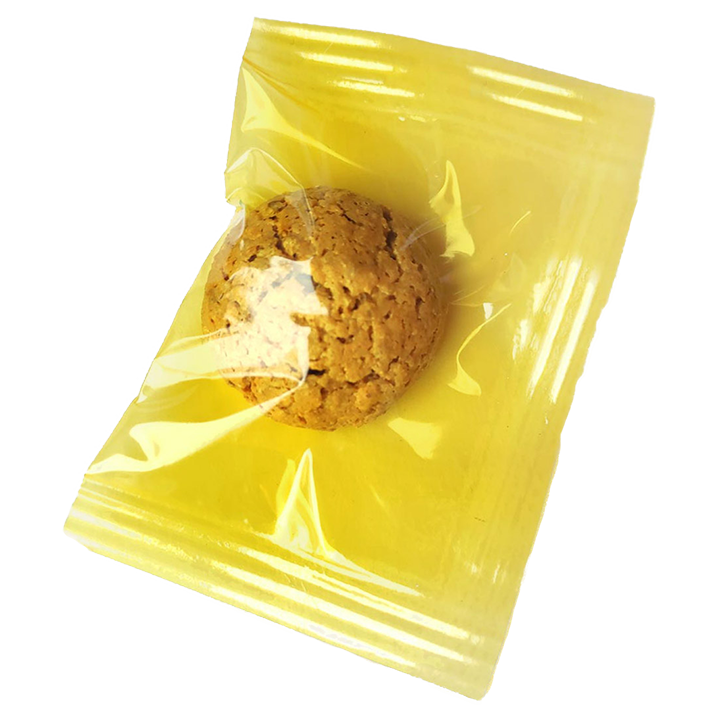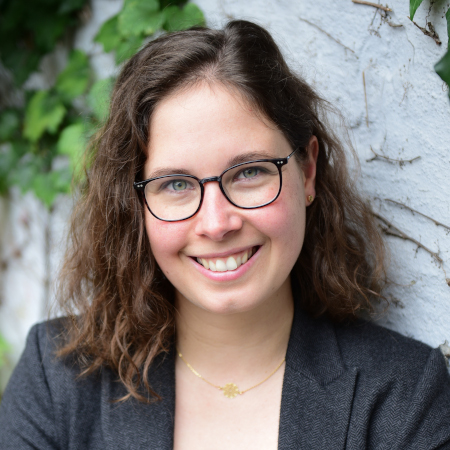06.04.2022 News
Chemistry Animals Biotechnology/Systems biology
Cracking the natural code of chitin
How is chitin produced by nature? Researchers want to uncover this in order to make the biopolymer useful for medicine.
06.04.2022 News
Chemistry Animals Biotechnology/Systems biology
How is chitin produced by nature? Researchers want to uncover this in order to make the biopolymer useful for medicine.
07.04.2022 News
Chemistry Plants Chemistry
BASF's Care Chemicals is expanding its portfolio of sustainable cosmetic products with a bio-based surfactant made from soy protein.
11.04.2022 News
Agriculture and forestry Plants Plant breeding research
Researchers from Osnabrück, Munich and Berlin have developed ZIN 168 and ZIN 186, the first apple varieties in Europe to be officially certified as allergy-friendly.
13.04.2022 News
Energy Plants Agriculture sciences
The Giant Miscanthus is intended to become a feedstock for sustainable fuel alternatives on marginal lands.
19.04.2022 News
Machine and plant engineering unspecific Plant and process engineering
Researchers want to optimize existing recycling concepts for the efficient reuse of raw materials from rotor blades of old wind turbines.

11.04.2022 Product
Consumables Waste
Instead of producing polymers synthetically, take what nature has already produced: A special technology can be used to extract biopolymers from agricultural residues - making them not only naturally degradable, but even edible.
21.04.2022 News
unspecific unspecific unspecific
This year, the German Federal Ministry of Education and Research is once again calling on young researchers from all over the world to apply for the Green Talents Award with innovative ideas for a sustainable future.
20.04.2022 News
Agriculture and forestry Plants Forestry
An international research project is developing sustainable forestry concepts for Mediterranean, continental, alpine and boreal forests.
03.05.2022 Success story
Chemistry Waste Chemistry
Originally, a research team was looking for a bio-based flame retardant - but they found much more.
27.04.2022 News
Chemistry unspecific Chemistry
A research alliance is developing iron-containing molecules that will save energy and raw materials in important chemical processes.
22.04.2022 Studies and statistics
Food unspecific Nutritional sciences
According to a study by the University of Osnabrück on the acceptance of in vitro meat, 47% of consumers surveyed said they would eat a lab-grown burger more often instead of conventional meat.
29.04.2022 News
Food Plants Agriculture sciences
To secure the world's food supply, industrialised countries would not have to give up meat completely, but drastically reduce their consumption - according to an overview study by researchers at the University of Bonn.
03.05.2022 News
unspecific unspecific Biodiversity
Two-thirds of the biodiversity targets the United Nations plans to adopt this fall also slow global warming.

26.05.2022 Interview
unspecific unspecific Environmental technology
In the FOOTPRINTS project, a team led by researcher Nadine Mengis is investigating how CO2 emissions must develop in order to stabilize global temperatures and thus achieve the Paris climate goals.
05.05.2022 News
Agriculture and forestry Plants Agriculture sciences
A field robot that independently detects and removes weeds has successfully passed an initial test run in the Uckermark region.
04.05.2022 News
unspecific Plants Biodiversity
The plants secrete large amounts of sugar into their root zone, but only a few species of bacteria feed on it.
09.05.2022 News
Agriculture and forestry Plants Forestry
Two important plant hormones intensify each other's effect. The opposite is the case with annual plant species.
12.05.2022 News
unspecific unspecific unspecific
The start-up competition "PlanB - Biobased.Business.Bayern" is entering its fifth round. As of now, start-ups with their innovative bioeconomy business ideas can again apply for funding.
18.05.2022 News
unspecific Plants unspecific
A new study underscores the importance of protecting peatlands and similar areas for climate protection.
17.05.2022 News
Food Plants Agriculture sciences
To expand its portfolio of vegetable proteins, Südzucker subsidiary Beneo plans to build a production facility for protein concentrate from field beans.